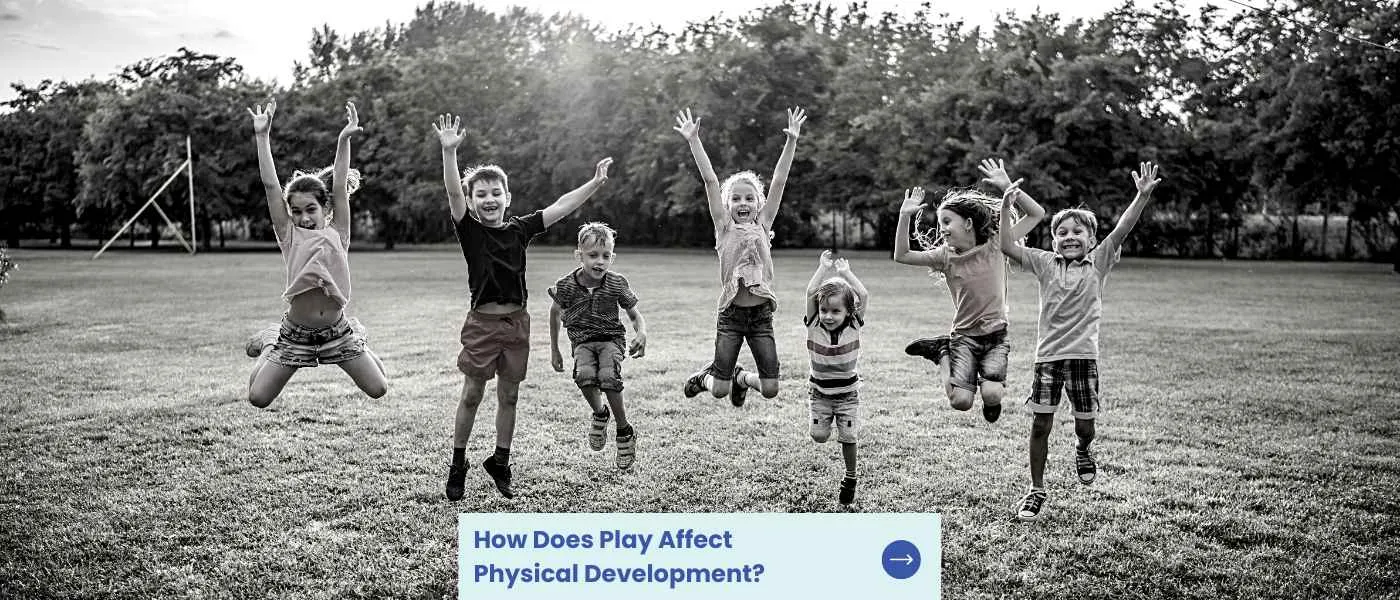Playtime is an essential part of a child’s physical development. It helps them develop skills such as balance, coordination and strength. But does play really affect physical development?
The answer is yes! Through activities that encourage exploration, children can learn important life lessons about their bodies while having fun at the same time. In this blog post, we’ll explore how play supports physical development in kids by looking at its benefits, types of play to consider incorporating into your child’s routine and more.

Key Takeaways on the Role of Physical Play in a Child’s Development
- Incorporating creative forms of movement into playtime can also be beneficial for physical development.
- Parents play an important role in helping their children develop physically through play. By modeling healthy habits and providing appropriate learning experiences, parents can help ensure that their children get the most out of playtime.
- Physical play is an essential aspect of early brain development.
What Are the Different Types of Physical Play?

Physical play is an essential part of child development, providing opportunities for children to develop their motor skills, coordination, balance, and spatial awareness. From running and jumping to climbing and crawling, physical play helps children develop, explore and interact with their environment, build confidence, and foster a sense of independence.
Here are the different forms of physical play:
Outdoor activities
Outdoor activities with friends are a great way to promote physical development in children. Playing outdoors encourages children to explore their environment, use their gross motor skills, and engage in active play.
Examples of outdoor activities that can help with physical development include running, jumping, climbing trees or playground equipment, playing tag or hide-and-seek, and throwing a ball around.
Sports and games
Sports and games provide an opportunity for children to practice their coordination as well as develop strength and endurance. Team sports such as soccer or basketball require players to work together while also developing individual skills like hand-eye coordination. Other examples of sports that can be beneficial for physical development include swimming, martial arts, tennis, badminton and baseball.
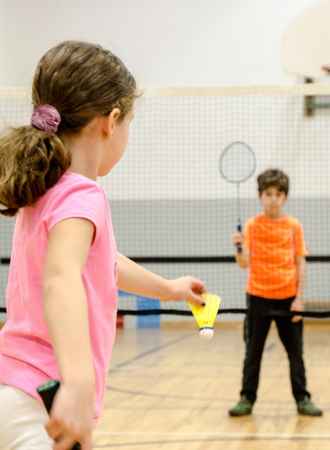
Physical exercise
Exercise is important for all ages, but especially so for growing bodies. Exercise helps build muscle strength which is essential for healthy growth. Incorporating movement into playtime can be fun too; examples of exercise-based play could include dancing around the living room or having races in the backyard – it’s all about getting creative with ways to move your body.
Playing outdoors, participating in sports and games, and engaging in exercise and movement-based play are all great ways to support physical development. Next, let’s look at how these activities can help children develop their gross motor skills.
How to Incorporate Physical Play Into Your Child’s Routine
Play is an essential part of a child’s healthy development, and parents should ensure that their children are getting enough playtime each day. Setting aside time for play every day will help your child to explore and develop strong muscles, proper coordination, strength, and endurance.
It is important to make sure the environment in which your child plays is safe and appropriate for their age and ability level. Let your child know that there’s no right or wrong way to play, provided that it’s safe. Doing so helps most children to build self-esteem and boost their physical health.
This may include providing them with toys or activities specifically designed for their developmental stage or ensuring they have access to outdoor areas where they can safely explore. Puzzles are surprising good at helping kids develop physically.
Encouraging variety in the types of play your child engages in will also be beneficial for their physical improvement. For example, outdoor activities such as running around on a playground or playing tag are great ways to get kids moving while having fun at the same time.
Sports like soccer or basketball can help improve coordination while also teaching teamwork skills. Exercise-based games like hopscotch provide opportunities for increased strength and endurance building without feeling too much like “exercise”!
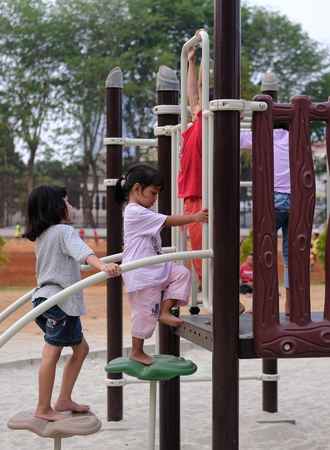
What Are the Importance and Health Benefits of Physical Play?
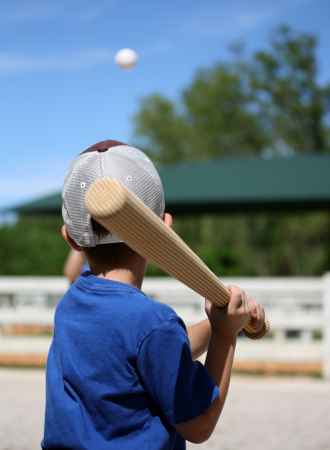
Physical play is essential in a child’s life. Here are some of the health benefits of physical play:
- When children play games that involve movements like crawling, running, jumping, and climbing, which help many children develop their gross motor skills. Activities that require fine motor skills, such as drawing, painting, and building with blocks, can also improve hand-eye coordination and dexterity.
- Physical play gets the heart pumping, which strengthens the cardiovascular system and improves overall fitness. Regular physical activity can reduce the risk of obesity, heart disease, and other chronic health conditions.
- Physical play releases endorphins, the “feel-good” hormones that help reduce stress and anxiety. It also promotes better sleep, which is crucial for healthy brain development.
- Physical play often involves interacting and talking with others, which can help children learn new words and develop social skills such as communication, cooperation, and teamwork. It also provides opportunities for children to practice problem-solving and conflict resolution.
- Physical play is good for mental health as it encourages memory, imagination and creativity. Children can use their bodies and learning brain to create new games, explore the world around them, and express their feelings and ideas in a fun way.
FAQs on the Physical Benefits of Play
Why Is Play Important for Physical?
It helps to develop motor skills and coordination. Through play, children learn how to interact with others in a safe environment while developing their problem-solving abilities. Play also encourages creativity and imagination which can help foster healthy emotional development. Additionally, playing outdoors increases exposure to natural sunlight which is essential for vitamin D production and strong bones. All these benefits make play an integral part of physical growth for children.
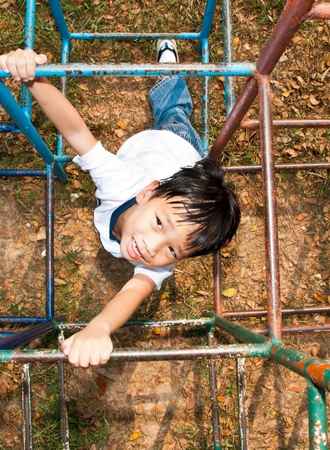
How Does Creative Play Affect Physical Development?
Creative play helps kids learn to develop gross and fine motor skills, coordination, balance, strength and flexibility. Creative play also encourages problem solving skills as well as creativity and imagination.
Through creative play, children learn how to interact with their environment while developing physical abilities that will help them later on in life.
Creative play can also help improve concentration levels which are essential for learning new tasks or mastering existing ones. In short, creative play is a key factor in the physical development of young children.

